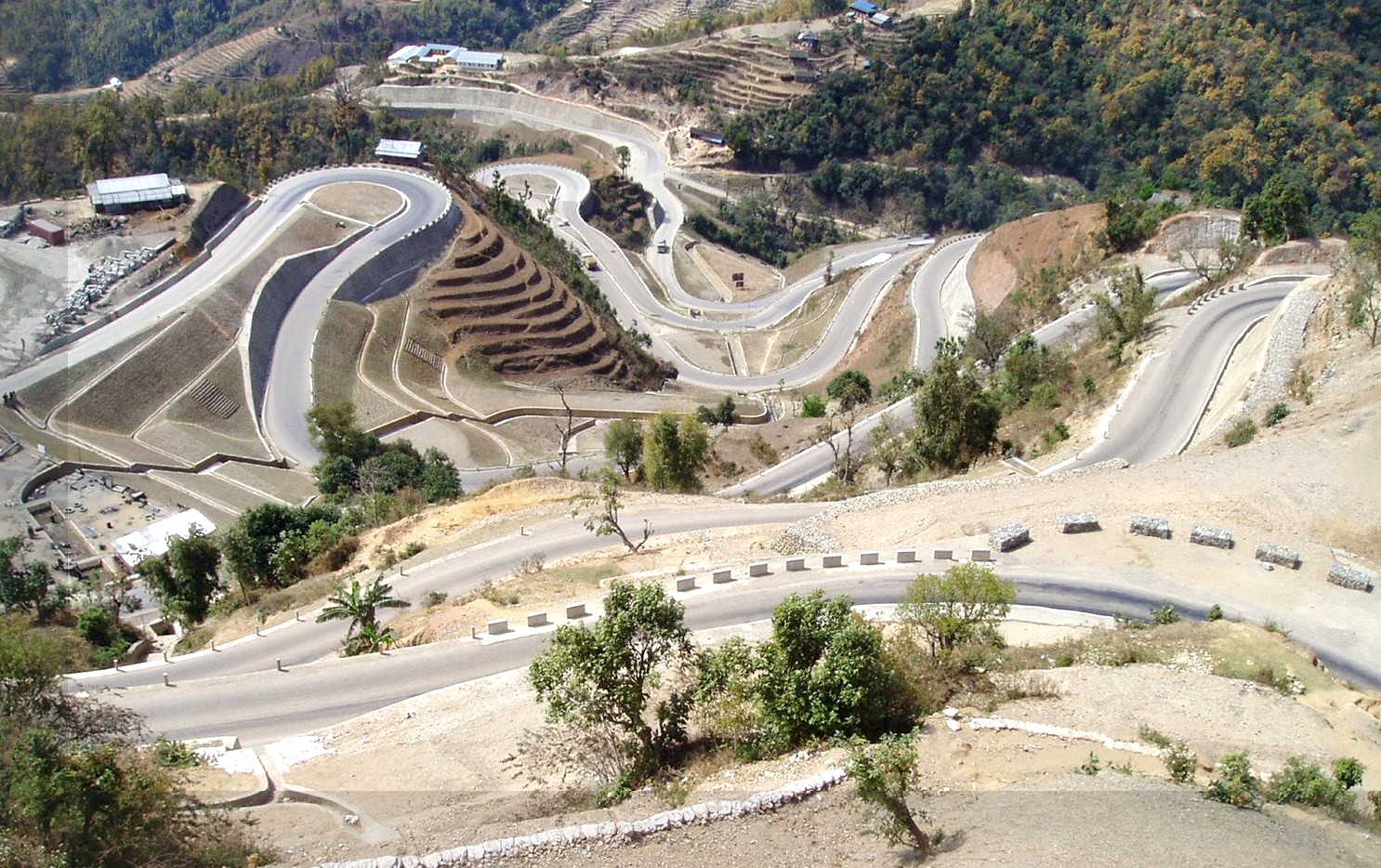Choosing the Right Geotechnical Engineers for Your Next Large-Scale Task
Choosing the Right Geotechnical Engineers for Your Next Large-Scale Task
Blog Article
The Interdisciplinary Approaches in the Geotechnical Market: Connecting the Gap Between Engineering, Geology, and Environmental Science for Optimum Job Outcomes
The combination of engineering, geology, and environmental science within the geotechnical market is not just helpful; it is necessary for accomplishing optimal project results. What approaches might emerge to promote this crucial collaboration and improve the efficacy of geotechnical methods?
Value of Interdisciplinary Partnership
The importance of interdisciplinary partnership in the geotechnical sector can not be overstated. Effective geotechnical jobs require the combination of varied expertise from numerous fields, consisting of design, geology, and environmental science. This partnership guarantees that all facets of a job are thought about, leading to thorough remedies that resolve complicated challenges.
Interdisciplinary partnership promotes technology by enabling experts to share understandings and approaches that may not appear when operating in isolation (engineer of record). By leveraging the staminas of several techniques, groups can determine prospective risks, enhance design procedures, and improve the sustainability of geotechnical jobs. Furthermore, such collaboration advertises an alternative understanding of site-specific problems, which is important for accurate analysis and decision-making.
The complexity of geotechnical projects necessitates a coordinated method to analytical. Eventually, interdisciplinary partnership is vital for progressing finest practices and achieving excellence in the geotechnical industry.
Key Functions of Each Discipline
Partnership amongst numerous self-controls is not simply valuable; it is important for the successful execution of geotechnical tasks. Each discipline-- engineering, geology, and environmental scientific research-- plays a distinct yet interconnected duty that contributes to project efficacy and sustainability.
Geotechnical designers are primarily responsible for making structures and making sure structural integrity. They analyze dirt and rock buildings to assess load-bearing capacities, giving necessary information for safe construction practices. Their competence makes it possible for the formula of cutting-edge remedies to complicated obstacles.

Environmental researchers evaluate the prospective effects of building on environments and water sources. They perform ecological assessments and create mitigation strategies to decrease negative effects. By incorporating ecological factors to consider, they make sure compliance with laws and promote sustainability throughout the project lifecycle.
Instance Research Studies of Successful Combination
Effective integration of geotechnical self-controls can be exhibited through numerous study that highlight the effectiveness of synergy in resolving intricate design challenges. One significant instance is the building and construction of the Hong Kong-- Zhuhai-- Macau Bridge, where a joint approach including geotechnical design, geology, and environmental scientific research was essential. Engineers and rock hounds operated in unison to analyze the seabed conditions and optimize the foundation design, guaranteeing stability and reducing ecological impact.
An additional impactful situation is the improvement of slope stability in the San Francisco Bay Location, where an interdisciplinary team incorporated geotechnical analysis with ecological assessments. By integrating hydrological research studies and geological surveys, the team successfully recognized potential landslide risks and applied reliable mitigation measures, boosting safety and sustainability.
Furthermore, the redevelopment of Brownfield sites frequently needs a multidisciplinary strategy. In one instance in Chicago, collaboration amongst geotechnical designers, ecological researchers, and metropolitan organizers resulted in the successful removal of contaminated dirt, enabling the risk-free improvement of the site into a community park. These case studies illustrate that interdisciplinary collaboration not only addresses technological obstacles yet additionally cultivates cutting-edge solutions that benefit both neighborhoods and projects.
Difficulties in Multidisciplinary Projects

In addition, working with routines and process among numerous groups can be troublesome, particularly when each technique has distinct project landmarks and deliverables. This imbalance can result in delays and increased costs. The obstacle of resource appropriation likewise impends large; guaranteeing that specialized competence is available at vital junctures needs cautious planning and foresight.
Last but not least, governing compliance positions an additional considerable obstacle. Each self-control may encounter various governing frameworks, and aligning these demands to fulfill project goals can be taxing and complicated. Resolving these obstacles requires solid leadership and effective interaction techniques to promote cooperation and make sure that multidisciplinary teams function cohesively in the direction of shared goals.
Future Trends in Geotechnical Practices
As the geotechnical sector evolves, emerging patterns are improving techniques to resolve the challenges faced in multidisciplinary jobs - tailings engineer. One considerable pattern is the boosted integration of advanced modern technologies, such as synthetic knowledge and maker knowing, into geotechnical analysis and style. These innovations boost anticipating modeling and risk evaluation, enabling engineers to make more enlightened decisions throughout the project lifecycle

In addition, the adoption of digital twins and real-time monitoring systems is ending up being extra common. These tools facilitate continuous assessment of dirt problems and structural performance, permitting for prompt interventions when concerns develop.
Final Thought
In verdict, the combination of engineering, geology, and environmental science is essential for accomplishing optimal end results in the geotechnical market. Effective situation studies illustrate the benefits of this technique, while acknowledging the challenges dealt with in multidisciplinary tasks.
The assimilation of engineering, geology, and ecological science within the geotechnical sector is not simply advantageous; it is imperative for achieving optimum job outcomes. Effective geotechnical jobs need the combination of varied experience from different areas, including engineering, geology, and environmental science.Browsing the intricacies of multidisciplinary tasks in the geotechnical market provides several considerable obstacles.As the geotechnical industry evolves, arising fads are improving methods to address the obstacles faced in multidisciplinary jobs. Geotechnical designers are significantly working together with ecological scientists engineer of record to guarantee that projects line up with sustainability goals and conform with governing needs.
Report this page